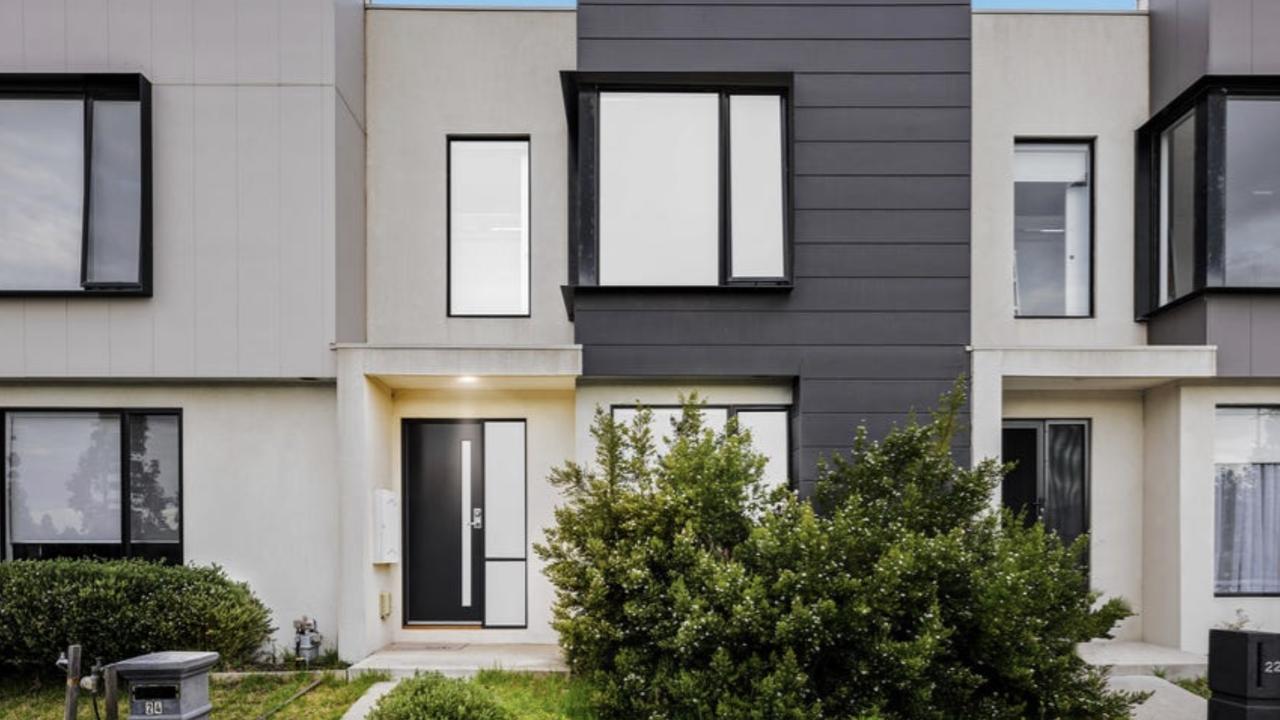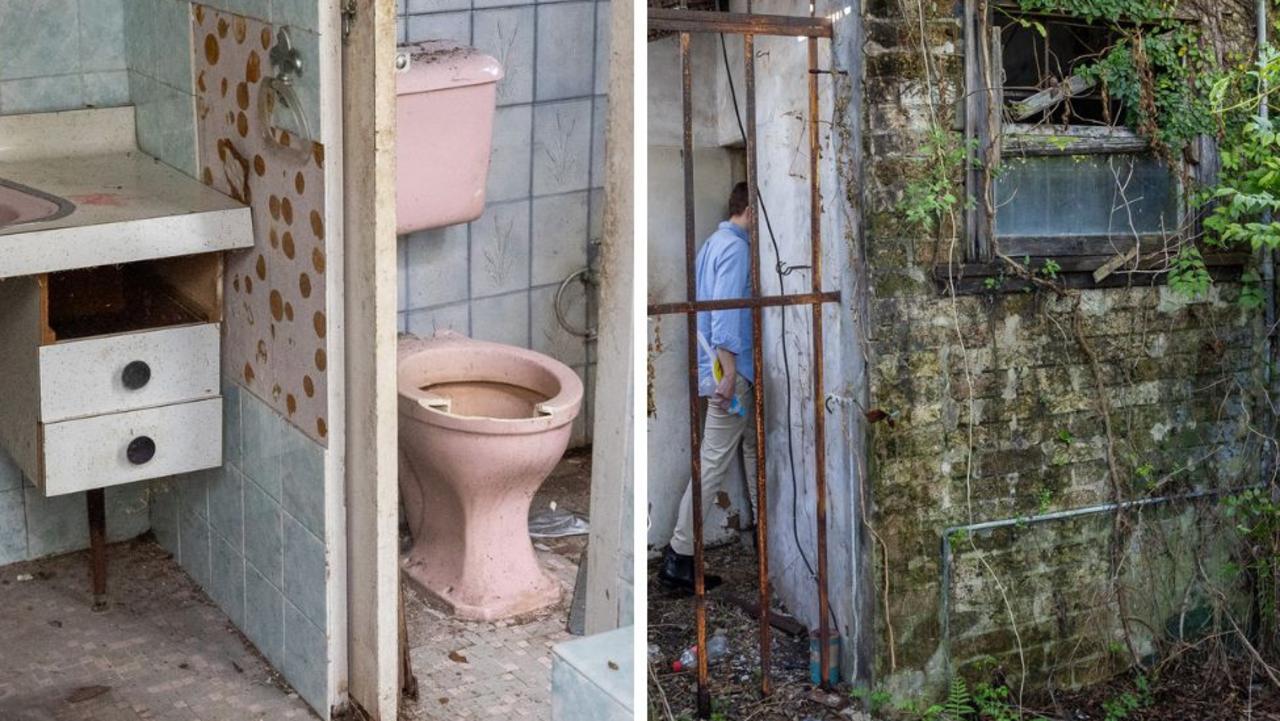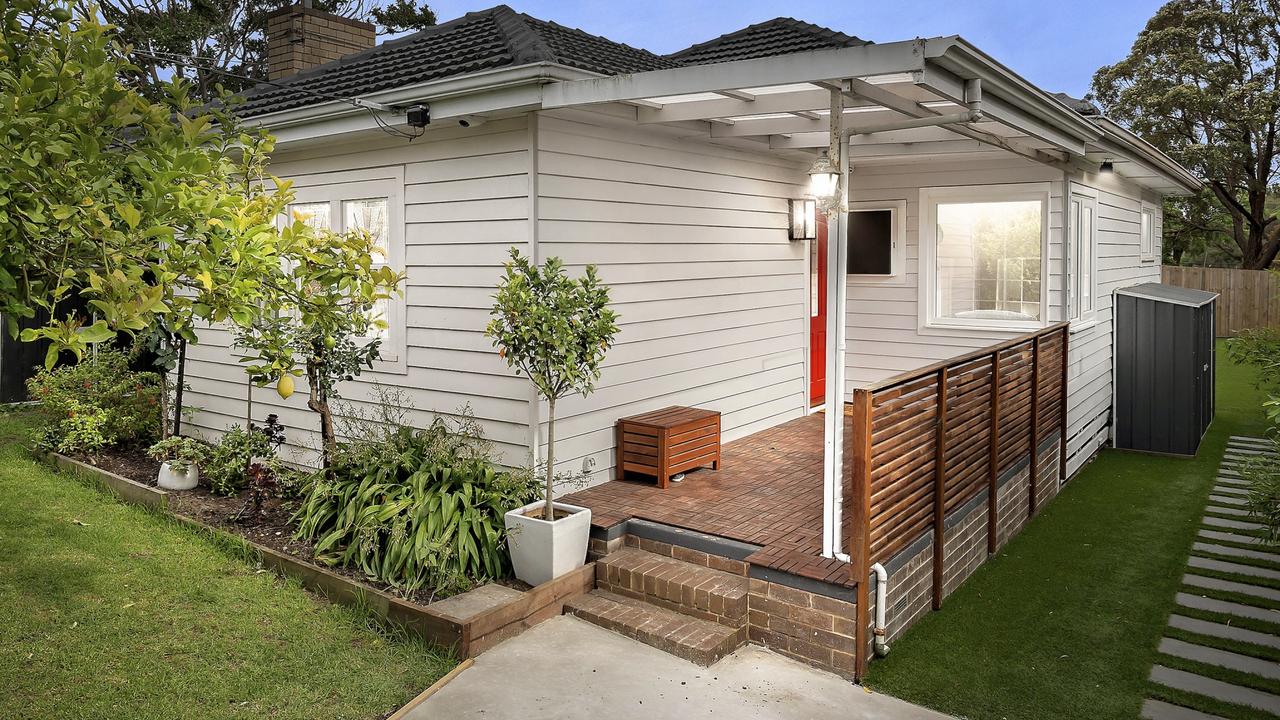Warning for homebuyers and mortgage holders about repayments
Aussies are set to enter a period never experienced by a whole generation of borrowers – and it could mean bad news for buying a home or paying a mortgage.

First homebuyers are at “risk” of buying properties that could become worth thousands of dollars less than what is owed on their mortgage if prices fall, a new analysis has warned.
Changes to the government’s First Home Guarantee Scheme, which allows people to purchase a home with a 5 per cent deposit without paying lender’s mortgage insurance, means buyers can up their budget to score a property.
Sydney buyers can now spend up to $900,000 under the scheme, in Melbourne it’s $800,000 and for Canberra it’s $750,000.
In Brisbane, buyers can spend up to $700,000 using the program, while Perth, Adelaide and Hobart all have a price cap of $600,000.
But the increases come just as Australia’s red hot property market has started to slow and even go backwards in some areas.
All four major banks have predicted property prices to fall over the next year, while a looming interest rate hike has also spooked the market.
It means desperate first homebuyers could find themselves in a situation where they use the scheme to purchase a property and then experience a considerable drop in the value of their home.
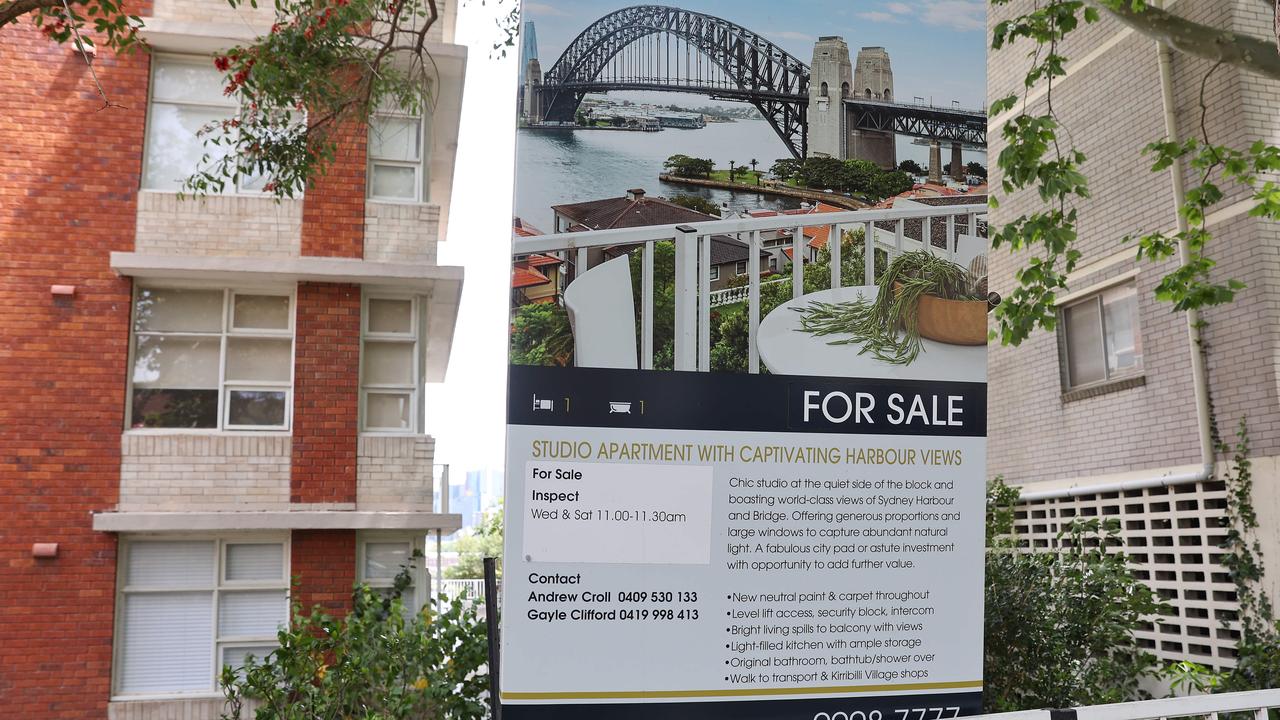
Looking to get onto the property ladder? Compare Money's first home buyer guide might help >
Analysis found a Sydney buyer with a deposit of $45,000 could buy a $900,000 home but end up $20,000 short by next year.
This would be the result of taking out an $855,000 mortgage and making regular repayments over the next year-and-a-half to bring it to $830,534.
But if property prices drop by the predicted 10 per cent at the end of 2023 as forecast by NAB, their home would be worth just $808,740 meaning they would owe $21,794 more than the value of their house.
A Melbourne buyer with a $40,000 deposit who bought a house worth $800,000 would be left with an even bigger gap between the value of their home and their mortgage.
The fall in property values would see their home worth $715,200 by the end of next year but their mortgage would sit at $738,252. This would mean a difference of $23,052 between their loan and the value of their home.
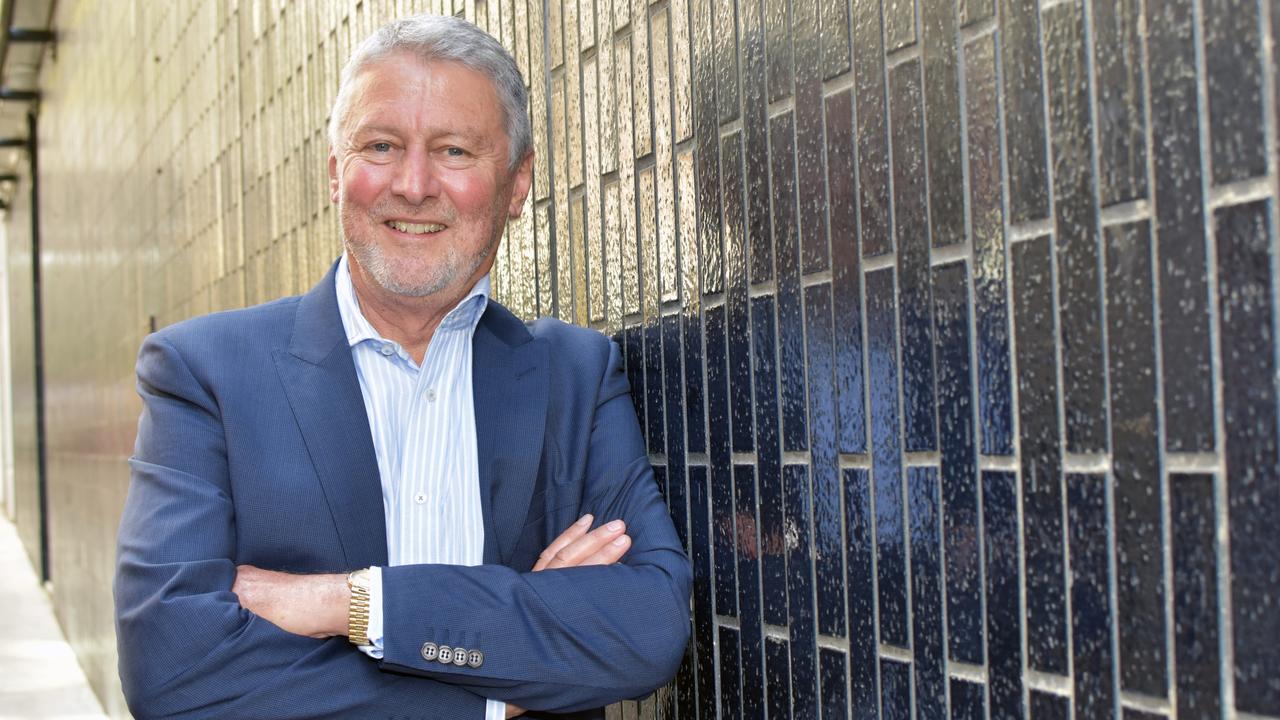
Canstar’s finance expert, Steve Mickenbecker said the First Home Guarantee Scheme addresses the difficulty in saving a 20 per cent deposit, which has been the major pain point for first homebuyers for many years.
But he warned buying with as little as a 5 per cent deposit comes with added “risk” for the borrower.
“Buying with a 5 per cent deposit can enable borrowers to get into the market years earlier, a huge advantage when prices are rising. When prices fall however, borrowers are only a small step away from owing more than the house is worth,” he said.
“Historically, house prices have increased over the long term, and short-term downward corrections have soon enough been recovered, meaning that negative equity per se is not a fatal condition. The proviso is that the borrower makes their repayments on time every month.
“The low 5 per cent deposit means that the borrower has to repay a bigger loan, and affordability of the monthly repayment will stretch some household budgets. The problem will be exacerbated when rates go up, with most lenders expecting rates around 2 per cent higher in a couple of years.”
It’s a particularly big issue if an owner needs to sell quickly, he said.
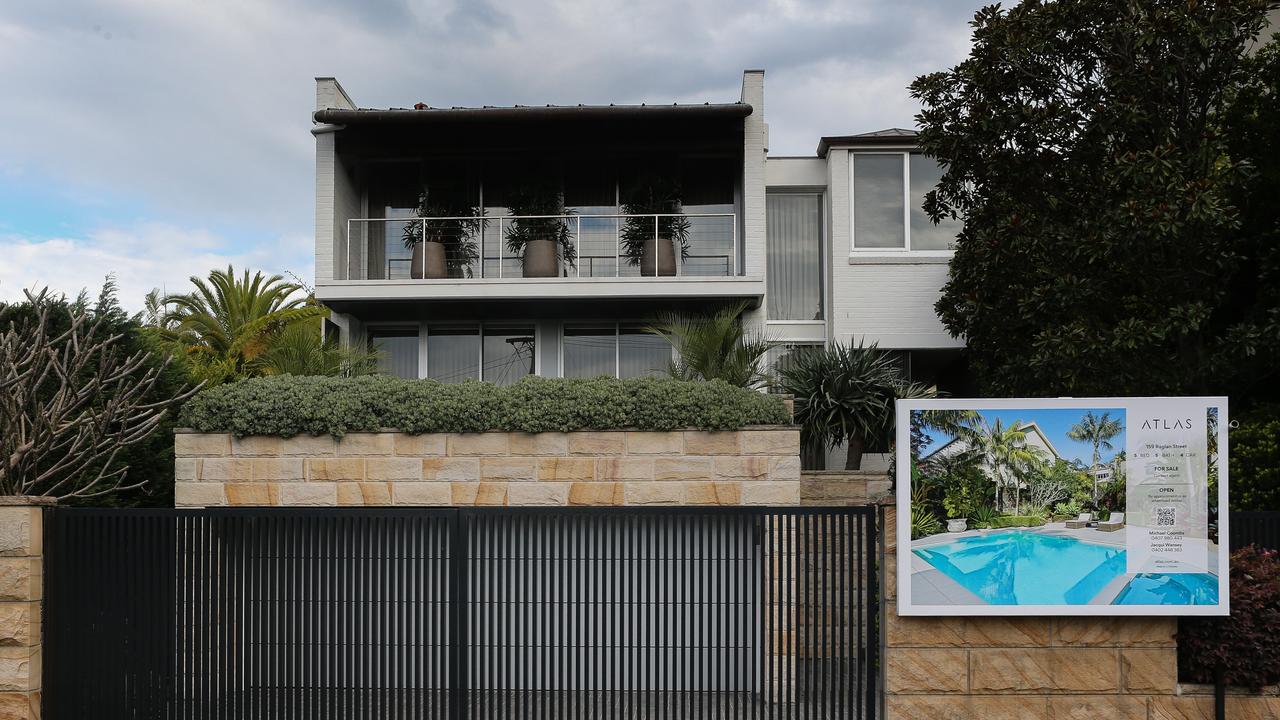
For borrowers under the First Home Guarantee Scheme, affordability may replace the deposit as the major barrier to entering the property market for the first time, Mr Mickenbecker said.
“Some loans under the First Home Guarantee Scheme are at rates significantly higher than the more competitive loans in the market, and borrowers may find themselves locked into an unattractive interest rate for quite an extended period, until property prices recover,” he said.
“We look set to enter a period never experienced by a whole generation of borrowers, with interest rates rising and house prices falling. The heyday of the last couple of years has left potholes for some borrowers who have stretched too far.
“For any borrower who has the space in their budget, now is the time to make extra repayments to get ahead and build a buffer for the inevitable time when rates rise.”
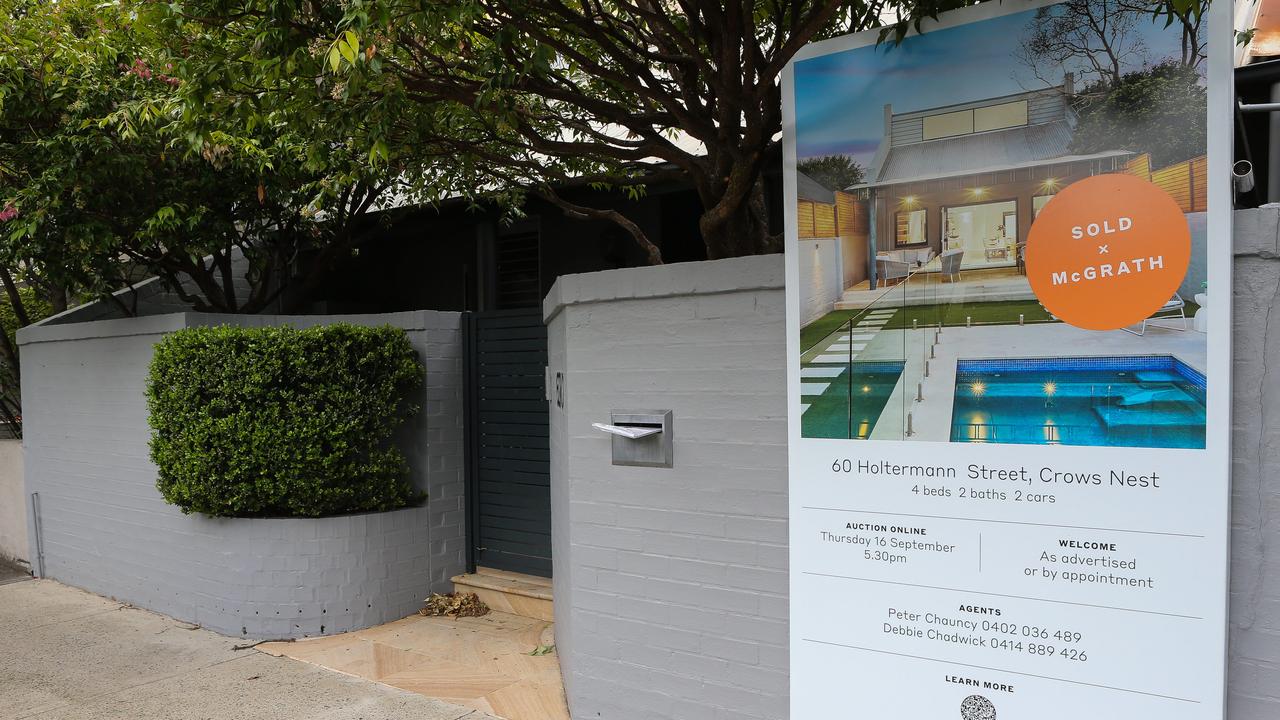
However, it’s not all bad news with users of the scheme in other states still set to get ahead as property price falls are set to be smaller.
In Hobart, borrowers would still have $41,000 outweighing their mortgage, Brisbane owners would be ahead by almost $30,000 and Adelaide mortgagees would have more than $26,000.
But low or negative equity could also make it difficult to refinance a loan and get a better deal for those caught up in property price drops.




